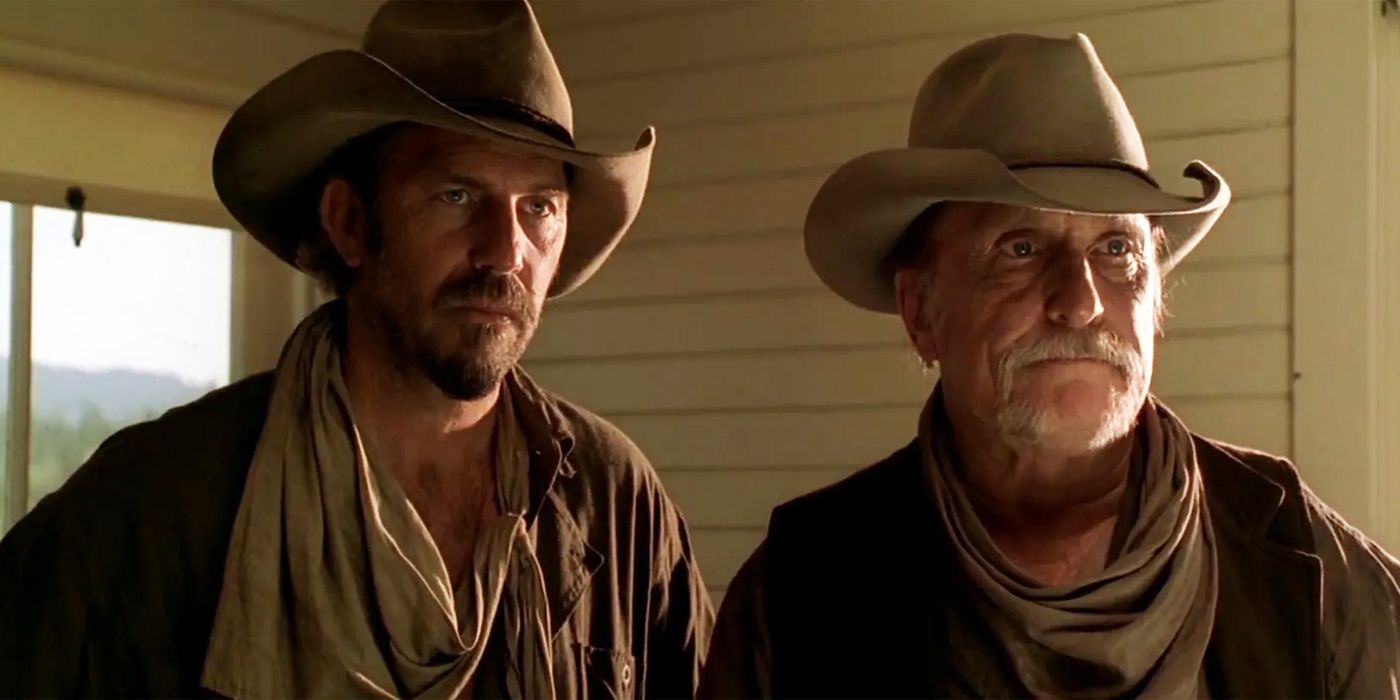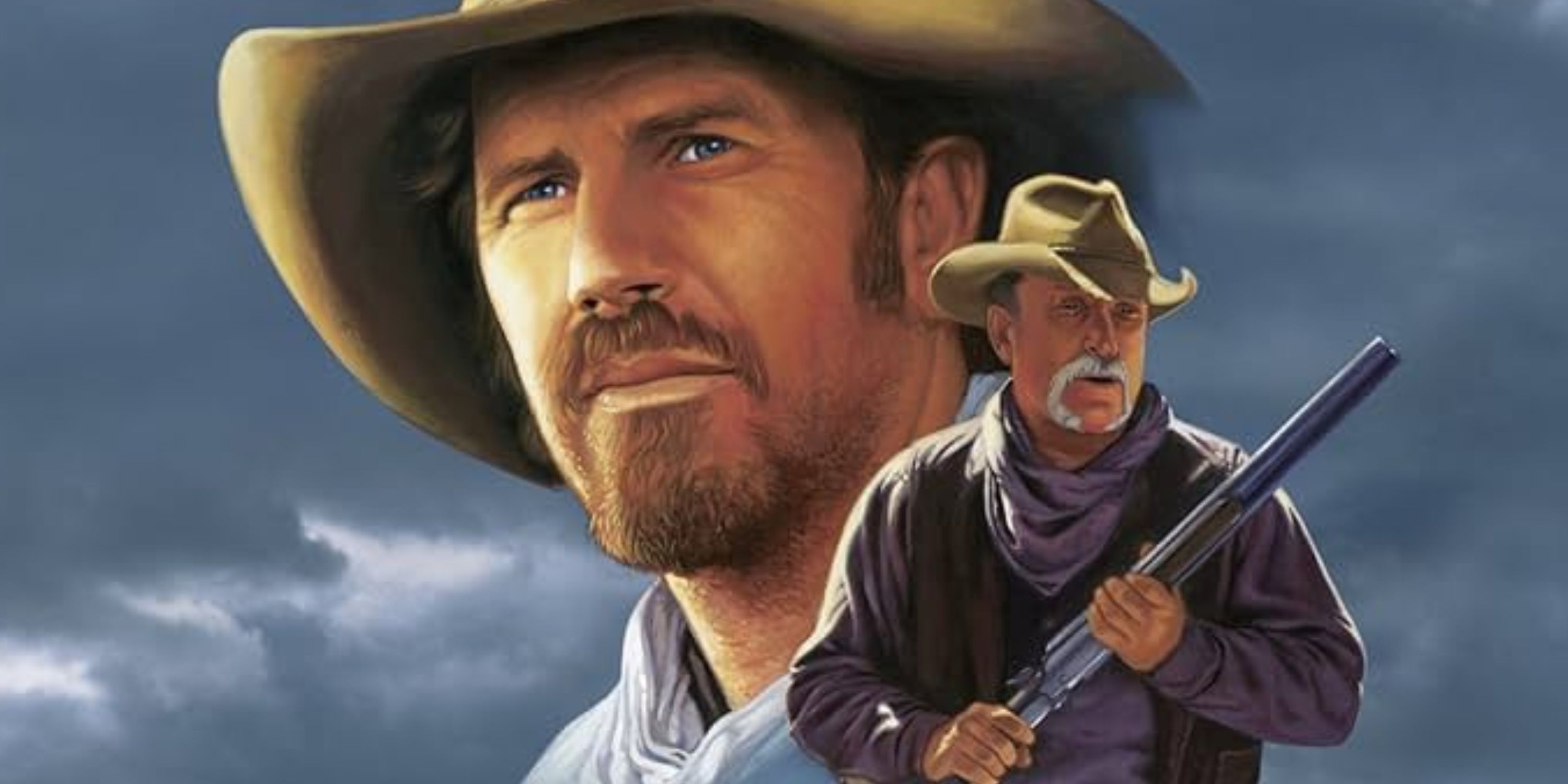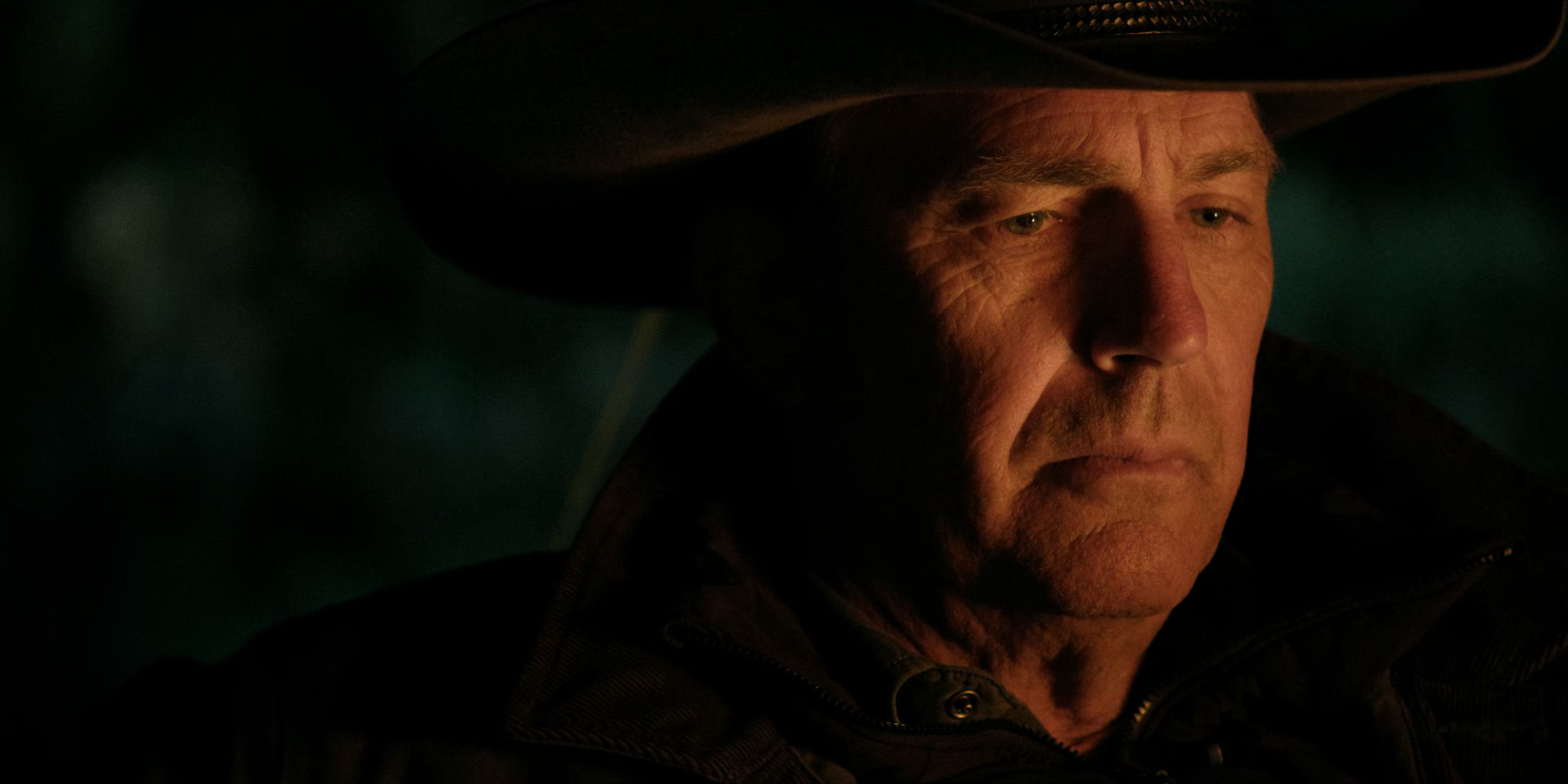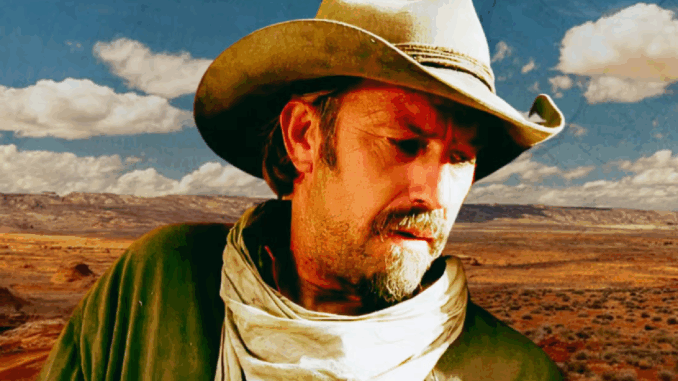
In 2018, Kevin Costner saw a career resurgence when he took on the leading role as John Dutton in Taylor Sheridan’s epic neo-Western series Yellowstone. However, looking back on the height of his career, movies like Dances With Wolves and Silverado proved his talents were in the Old West. In the case of a twenty-two-year-old gem, he turned in one of his most underrated films of all time.
Kevin Costner Tried To Become The Face Of Westerns
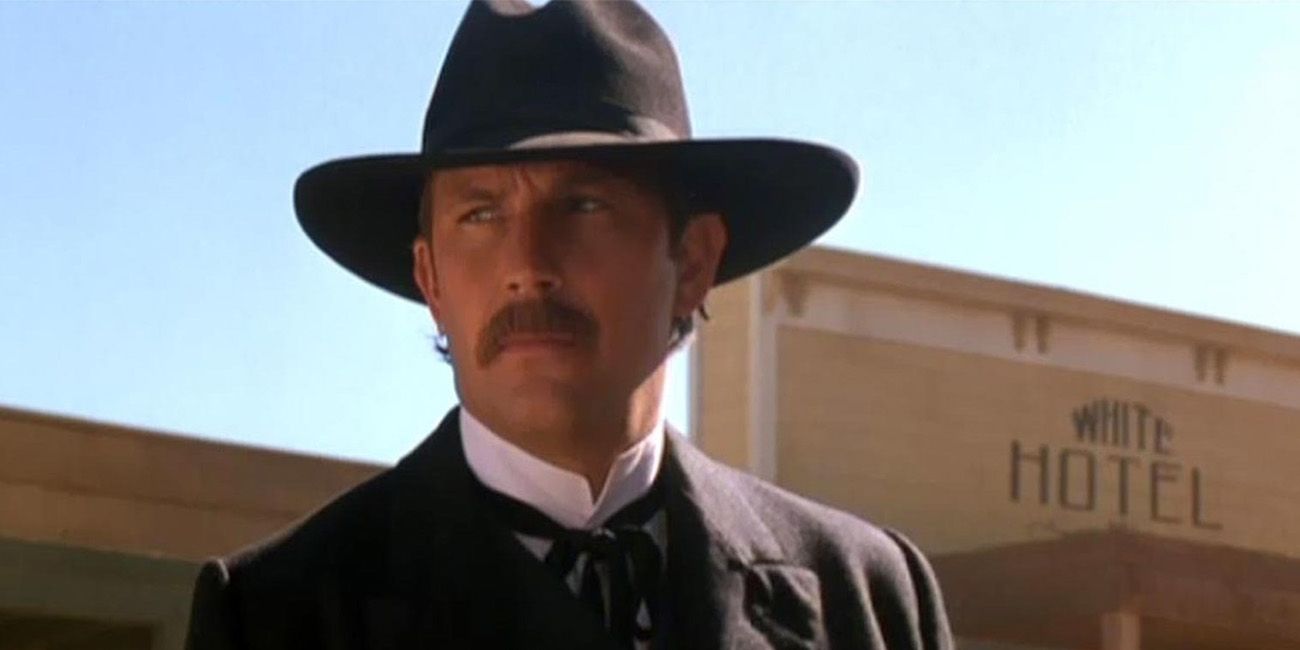
In 1985, Kevin Costner made his official entry into the Western genre when he starred as Jake in Lawrence Kasdan’s team-up adventure Western Silverado. One big love letter to old-school masterpieces like Shane and The Magnificent Seven, it proved the star perfect for the West from the outset. At the same time, the genre’s last icon, Clint Eastwood, had been largely absent for a decade, focusing his career on thrillers, comedies, and modern action flicks instead. Throughout the entirety of the ’80s, he only made a single Western in Pale Rider, his penultimate foray into the genre before leaving with 1992’s Unforgiven. Although he did explore themes and tropes of the West in films like Cry Macho and Gran Torino, ’93 marked his final time playing an old-school gunslinger. Having departed, the genre was in desperate need of a new face, something Costner tried to be.
Spotting the void in the genre, Costner made his first big splash as director in 1990’s Dances With Wolves. Playing the role of a disaffected cavalry officer who becomes one with nature in the West, befriending a Native American tribe, he earned an incredible $424 million at the box office against a small $22 million budget. Based on this phenomenal success, it makes sense that he’d feel confident about his future in the genre, and he soon followed up with his take on Wyatt Earp. Unfortunately, forced to compete with Kurt Russell and Val Kilmer’s Tombstone, his movie slipped into obscurity. Despite this box office flop, he remained resolute in his goal of becoming the new champion of the West, and his overlooked 2003 gem proved he understood the genre.
Open Range Is Costner’s Most Underrated Movie
Open Range opens with the journey of four cattlemen through the American frontier; the group is led by Boss Spearman and his friend, Charley Waite, and is accompanied by the young Button and Mose. Driving cattle through the plains of Montana, they stop outside the small town of Harmonville, where they set up camp to rest, gather supplies, and allow their herd to graze. However, when Mose doesn’t return from a trip into town, Charley and Boss head in, where they learn he’s been arrested after defending himself in a fight. Here, they learn the town lives under the thumb of a ruthless cattle baron, Denton Baxter, who controls the local corrupt lawman and resents the cattlemen’s free-grazing methods. In classic Western style, he gives them a deadline to get out of town. When Boss and Charley find Mose murdered and Button gravely wounded, things turn personal.
Intent on avenging their friends, Charley and Boss take Button to the town’s doctor, Doc Barlow, where Waite finds himself smitten with the physician’s sister, Sue. However, knowing there’s still a target on their back, they plan to confront Baxter and his small army of henchmen. Realizing that the fates of many other people in town may hinge on their success, the two men arm up and prepare for one of the most epic gun battles in the genre’s modern history. Blasting their way through town, they gun down countless bad guys, leaving Baxter to reckon with his likely defeat. With something to lose for the first time in their lives, Boss and Charley plan to stick around should they win the day.
How Open Range Is The Definitive Cowboy Movie
Open Range didn’t just give Western fans a fast-paced action story; it also won the praise of historians and experts for its depiction of genuine cowboys. The term is often used as a stand-in for any Wild West gunslinger, but its roots lie in the men of the frontier who drove and traded cattle. While prepared to fight for their lives and defend their trade, these men weren’t immersed in violence the way bounty hunters, lawmen, and cavalry were. The film also makes a point of delivering a realistic gun fight, one where characters routinely miss their shots, splinters fly, and even the good guys take a few shots. Using a combination of slow-motion shots, shaky cam, and wide shots, the director showed how to make a great shootout — even if he did throw in a sequence where he empties a dozen shots from a six-shooter.
Like Dances With Wolves, Kevin Costner proved that, unlike Wyatt Earp, his strength was most evident when he worked with smaller budgets. These projects forced him to be much more focused and discriminating in his storytelling, avoiding the overly meandering style of his ’94 movie. By no means was his treatment of Earp as bad as critics said, but its pacing and run time understandably alienated mainstream audiences. By contrast, the limited funding behind Open Range led to a compact, streamlined story that played up the American landscape and immersed its audience in a realistic West.
The Movie Is A Rare Type Of Western
The Western genre is typically broken down into a variety of sub-genres, including horror, epic, revisionist, and weird. Open Range does use elements of the revisionist corner of the genre, but it’s actually also a love letter to romantic Westerns, inspired by the novels of Lauran Paine. While revenge is a cornerstone of the film’s story, by the end, it’s a tale of two men of the land finally finding something worth settling down for, with Charley finding love in Sue Barlow. Michael Gambon’s Denton Baxter gives the heroes a great villain to vanquish, but the long shots of the American frontier and exploration of life in the West are pure passion for the genre.
In a world dominated by gritty and violent Westerns like Tombstone, seeing Costner strike a balance between action, adventure, and romance was nothing short of refreshing. True to his own views of the West, the actor-director romanticized the setting in a way that set it apart from the grim gunslinger films like 3:10 To Yuma. For modern audiences, the choice is too often a binary one between bleak revisionist pieces and comedic parodies, with little space for lighter takes on the West. In 2003, Costner showed he could turn in a serious story but also show the West as a place of beauty and friendship, not just violence.
Costner Is Still Championing The West
Since making Open Range, Kevin Costner has continued making projects that carry on the spirit of the American West. From starring in Hatfields and McCoys, adapting the infamous blood feud, to his post-Yellowstone documentary, Kevin Costner’s The West, his passion is clear. In Horizon: An American Saga, he tried to resurrect the Epic Western, borrowing elements from Open Range, as well as old-school gems like The Searchers, Shane, and How the West Was Won.
The Western genre has seen highs and lows over the last thirty years, with some critics arguing that projects like Unforgiven said all there was left to say about the West. However, with modern classics like 3:10 To Yuma, Django Unchained, and The Hateful Eight, directors like Quentin Tarantino and James Mangold prove there’s still life in it. For Kevin Costner, being the face of the Yellowstone genre helped usher in a new golden age of neo-Westerns, but Open Range remains one of his all-time classics.
